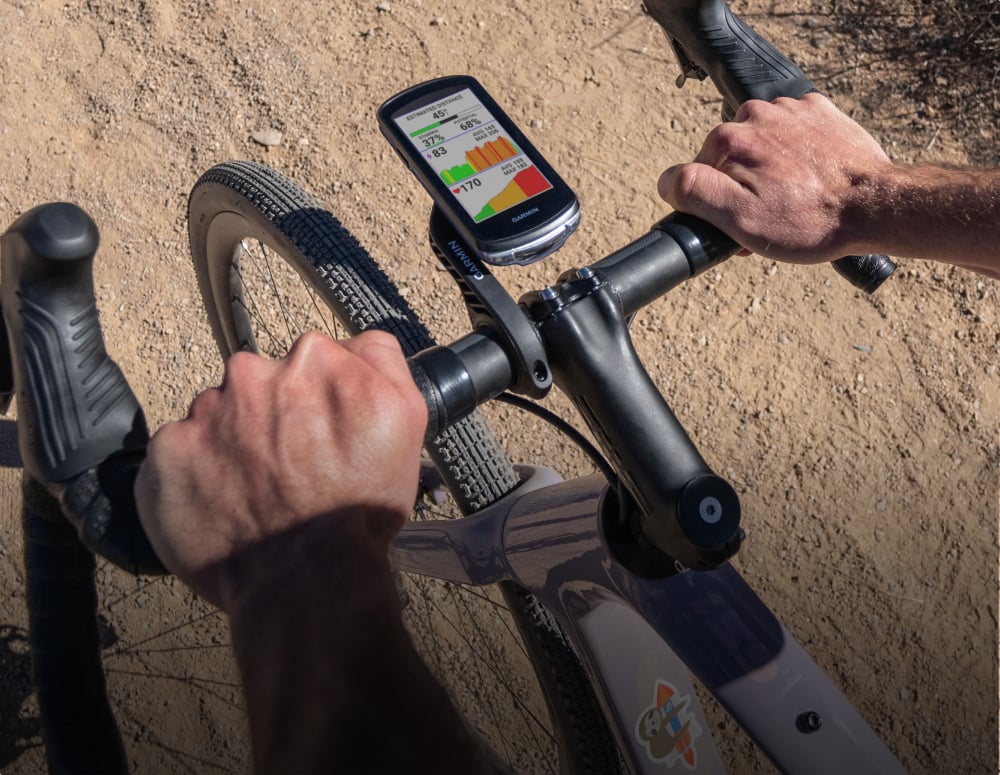As cycling gains popularity for both commuting and recreational purposes, ensuring the safety and security of your bicycle becomes increasingly important. One effective way to safeguard your bike is by installing a GPS tracker. This device allows you to monitor your bicycle’s location in real-time, making it easier to recover in case of theft and giving you peace of mind during your rides.
When selecting a GPS tracker, it’s essential to research various brands and read customer reviews to ensure you choose a reliable and effective device that meets your specific requirements.
It is important to note that the most reliable option is under the saddle if you can, so place it in a plastic bag or plug the connector to prevent any infiltration. You can also slip it into a piece of bicycle equipment such as a saddlebag, and also try to place the tracker inside the plastic cover for your bike’s engine.
In this article, we will guide you through the process of putting a GPS tracker on a bicycle, step-by-step so that when next you want to do it, it will be easy for you. Here they are;
Read also: How Do I Find Out What My Bike Is Worth?
1. Choose the Right GPS Tracker
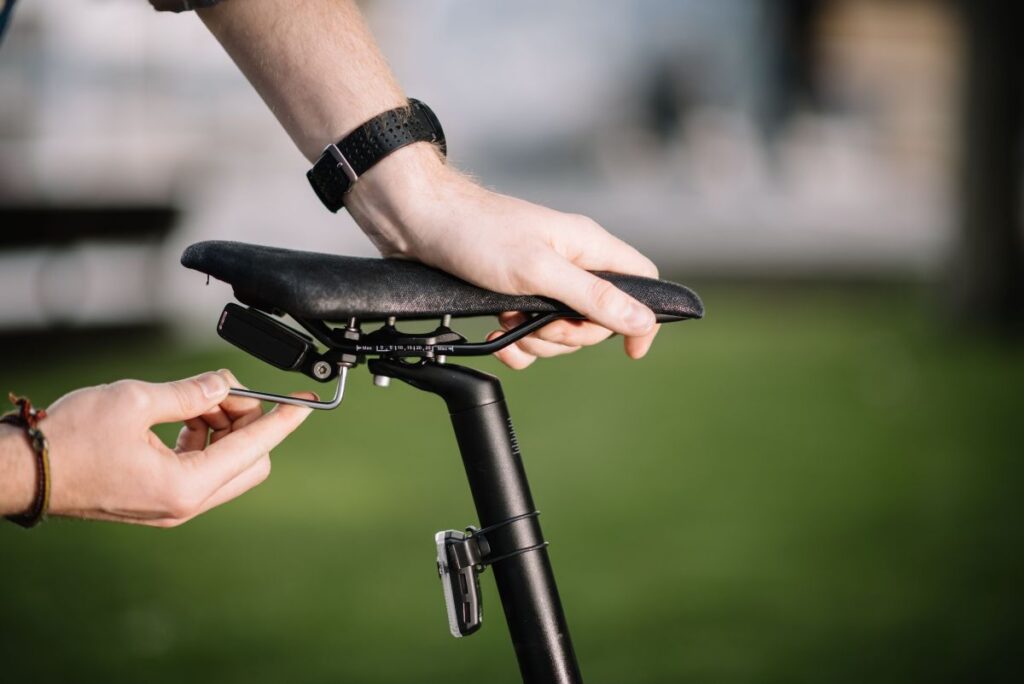
The first step in the process is selecting a suitable GPS tracker for your bicycle. There are various models available, each with different features and capabilities. Look for a tracker that is compact, weather-resistant, and equipped with real-time tracking abilities. Additionally, consider factors like battery life, installation complexity, and compatibility with your smartphone or computer for easy monitoring.
2. Gather the Necessary Tools
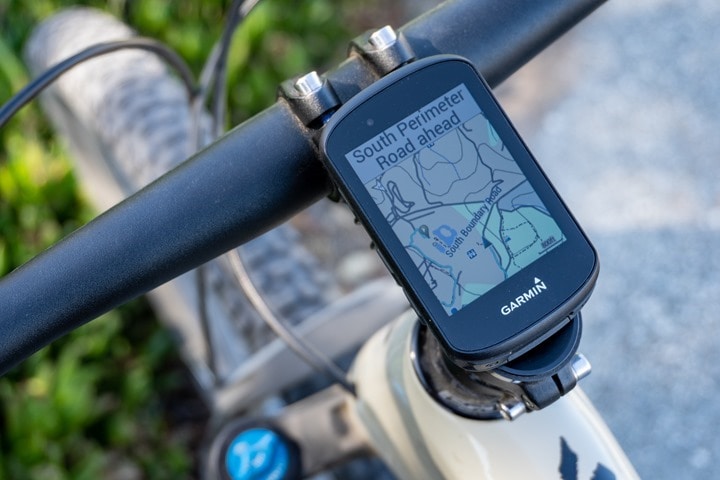
Before you begin the installation process, gather the tools you’ll need. These may include a screwdriver, zip ties, strong adhesive, electrical tape, and a portable power source (e.g., a power bank).
3. Find the Ideal Mounting Spot

For effective tracking and to minimize the risk of detection by potential thieves, find a hidden spot to mount the GPS tracker. Ideally, choose a location that won’t interfere with the bike’s functionality or cause discomfort during rides. Some common mounting spots are within the frame, under the seat, or concealed inside the handlebars.
4. Secure the GPS Tracker
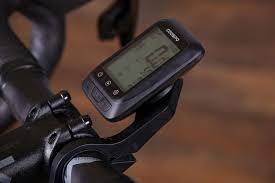
Once you have chosen the mounting spot, it’s time to secure the GPS tracker. Use zip ties, adhesive, or a combination of both to ensure the device stays in place. If the tracker comes with a mounting bracket, make sure it is firmly attached to the bike.
5. Conceal and Protect Wiring
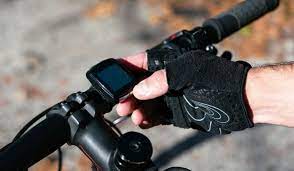
If your GPS tracker requires wiring, make sure to conceal it properly to avoid interference with your cycling. Route the wires along the frame and secure them using electrical tape. Ensure they are well-protected and won’t become entangled with moving parts or obstruct your riding experience.
Equipping your bicycle with a GPS tracker is a smart investment in safeguarding your two-wheeled companion. By following the steps outlined in this guide, you can successfully install a GPS tracker on your bike, allowing you to track its location and retrieve it in case of theft. Remember to choose a reliable GPS tracker, secure it properly in a hidden spot, and protect any wiring to ensure seamless operation and peace of mind during your rides.
Read also: 70 Best Inspirational Quotes About Bicycles
FAQ
- Can I install a GPS tracker on any type of bicycle?
Yes, GPS trackers can be installed on most bicycles, regardless of their type, as long as you can find a suitable mounting spot and secure the device properly.
2. Will the GPS tracker interfere with my bike’s performance?
No, if installed correctly, a GPS tracker should not interfere with your bike’s performance or affect your riding experience.
3. How long do GPS tracker batteries usually last?
The battery life of GPS trackers varies depending on the model and usage. Some can last for several weeks, while others might require recharging every few days.
4. Can I track my bicycle in real-time using a GPS tracker?
Yes, most modern GPS trackers offer real-time tracking capabilities, allowing you to monitor your bike’s location in real time through a smartphone app or web interface.
5. Are GPS trackers waterproof?
While some GPS trackers are weather-resistant, not all of them are fully waterproof. It’s essential to check the device’s specifications and, if needed, protect it from direct exposure to water or heavy rain.

